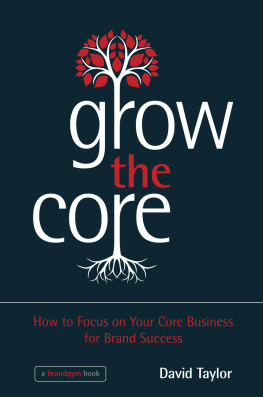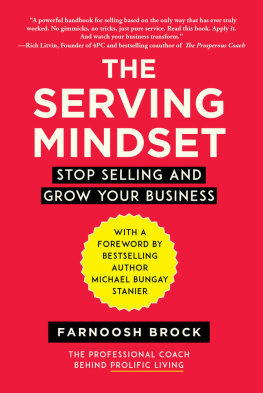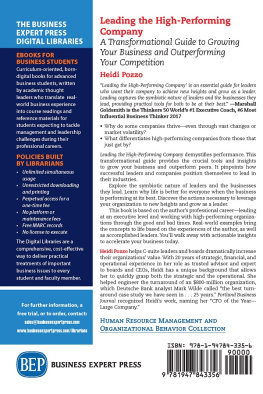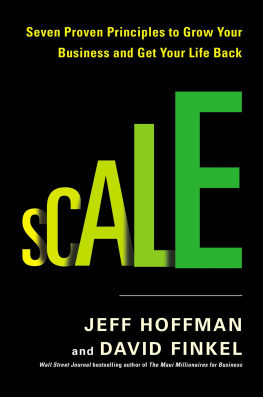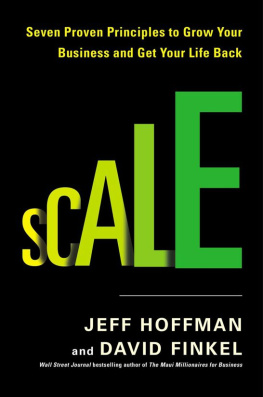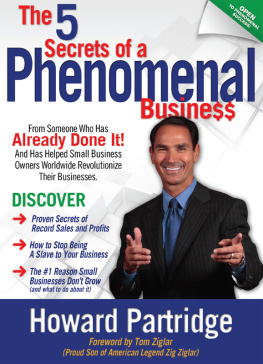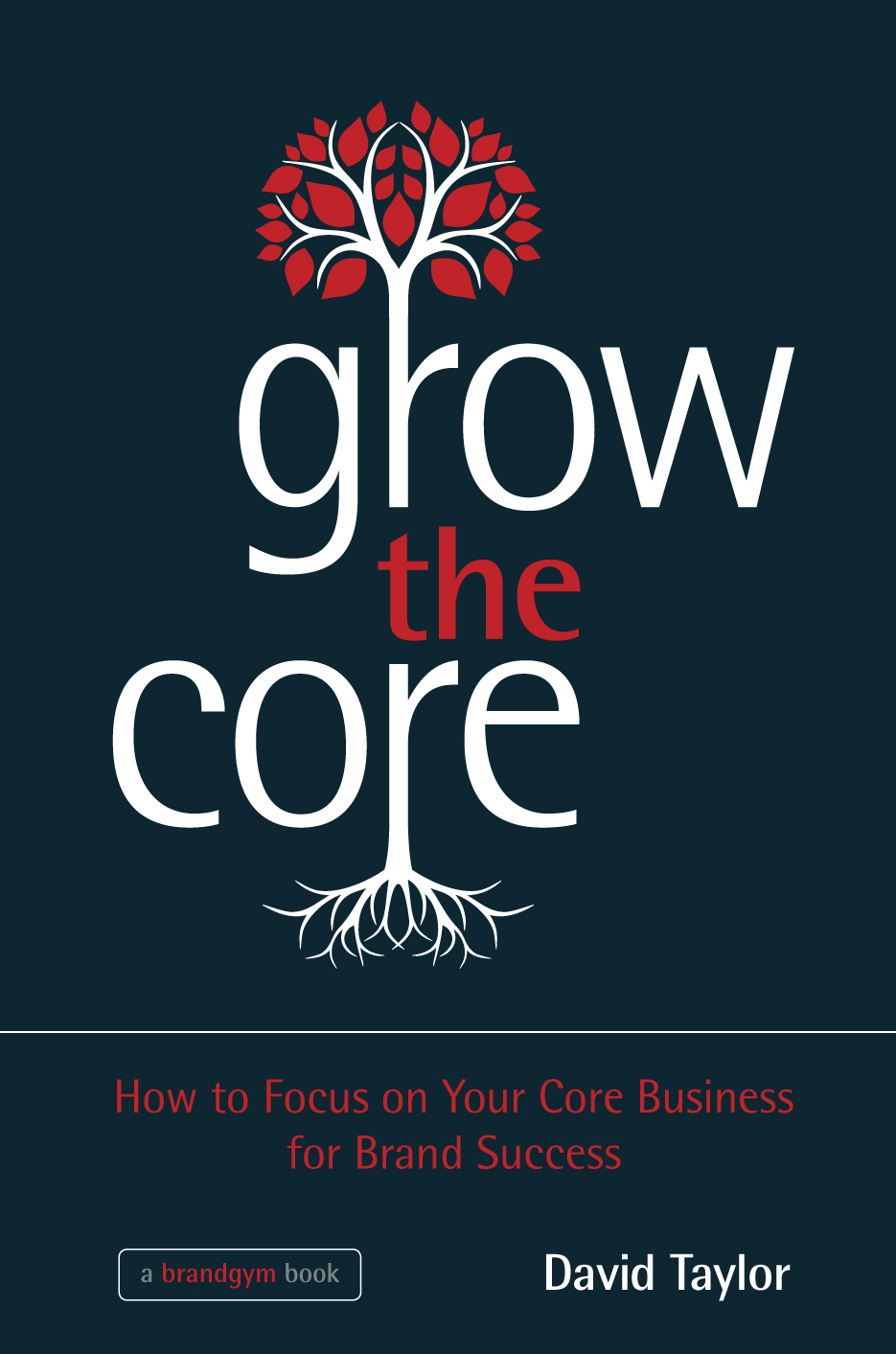
2013 David Taylor
Registered office
John Wiley & Sons Ltd, The Atrium, Southern Gate, Chichester, West Sussex, PO19 8SQ, United Kingdom
For details of our global editorial offices, for customer services and for information about how to apply for permission to reuse the copyright material in this book please see our website at www.wiley.com.
The right of the author to be identified as the author of this work has been asserted in accordance with the Copyright, Designs and Patents Act 1988.
All rights reserved. No part of this publication may be reproduced, stored in a retrieval system, or transmitted, in any form or by any means, electronic, mechanical, photocopying, recording or otherwise, except as permitted by the UK Copyright, Designs and Patents Act 1988, without the prior permission of the publisher.
Wiley publishes in a variety of print and electronic formats and by print-on-demand. Some material included with standard print versions of this book may not be included in e-books or in print-on-demand. If this book refers to media such as a CD or DVD that is not included in the version you purchased, you may download this material at http://booksupport.wiley.com. For more information about Wiley products, visit www.wiley.com.
Designations used by companies to distinguish their products are often claimed as trademarks. All brand names and product names used in this book are trade names, service marks, trademarks or registered trademarks of their respective owners. The publisher is not associated with any product or vendor mentioned in this book.
Limit of Liability/Disclaimer of Warranty: While the publisher and author have used their best efforts in preparing this book, they make no representations or warranties with respect to the accuracy or completeness of the contents of this book and specifically disclaim any implied warranties of merchantability or fitness for a particular purpose. It is sold on the understanding that the publisher is not engaged in rendering professional services and neither the publisher nor the author shall be liable for damages arising herefrom. If professional advice or other expert assistance is required, the services of a competent professional should be sought.
Library of Congress Cataloging-in-Publication Data
Taylor, David, 1964
Grow the core : how to focus your core business for brand success / David
Taylor.
pages cm
Includes bibliographical references and index.
ISBN 978-1-118-48471-5 (hbk)
1. Brand name productsManagement. 2. Product management. 3. Strategic planning. 4. Branding (Marketing) I. Title.
HD69.B7T396 2013
658.827dc23
2012042402
A catalogue record for this book is available from the British Library.
ISBN 978-1-118-48471-5 (hbk) ISBN 978-1-118-48468-5 (ebk)
ISBN 978-1-118-48469-2 (ebk) ISBN 978-1-118-48470-8 (ebk)
To Mum and Dad, for your support, encouragement and inspiration.
Thanks
First and foremost, thanks to the brand leaders with whom I have been lucky enough to work on Growing the Core. A special mention to the Marketing Directors who have invited me to coach them and their teams on their portfolios of brands: Ian Penhale at SAB Miller, Phil Chapman at Kerry Foods, Carol Welch at Jordans Ryvita, Maria Grigorova at Mars, Steve Brass and Bill Noble at WD-40.
Thanks to the Wiley team for helping create the brandgym series of books that allow us to share our branding tips, tools and tricks with a global audience. In particular, thanks to Claire Plimmer for securing the initial go-ahead to publish Grow the Core and to Iain Campbell for his excellent editing input and advice.
Thanks to my old boss and marketing mentor Mark Sherrington for publishing an earlier, shorter version of Grow the Core in eBook form on his digital publishing platform, Shoulders of Giants.
Thanks to Professor Byron Sharp for his breakthrough book How Brands Grow, which has been a source of inspiration, especially opening my eyes to the importance of distinctiveness and penetration.
A special thanks to my brilliant business partner and buddy David Nichols, who, yet again, gave invaluable feedback to focus and sharpen the key ideas.
Thanks to the other brandgym partners, Anne Charbonneau in Amsterdam, Diego Kerner and Silvina Moronta in Buenos Aries and Prasad Narasimhan in Bangalore for their input and ideas.
Finally, thanks to the people who read the first six books in the brandgym series and took the time to write and tell me that you liked them and found them useful. Your positive feedback kept me going when the going got tough writing this book.
Introduction
A strong core is essential for success. This is true for brands as much as it is for physical fitness. An increasing number of people in your local gym are trying to improve their core strength by working out the muscles deep in the abs and back that help keep the body stable and balanced.
In the same way, a strong core is also important for keeping a business healthy and in shape. Indeed, most successful businesses are built on a solid foundation of a core business where they have a leading position. Timberland might sell a range of clothing and accessories, but the original Timberland boot is still crucial from both a business and brand image standpoint. The same goes for Dove and its little white cleansing bar and Hellmann's with its original mayonnaise. Growing the core has many advantages. By selling more of the stuff you already do well, you grow without adding complexity. Instead, you make what is strong even stronger, both in terms of brand equity and economies of scale.
However, despite the advantages of growing the core, companies that successfully do this are in the minority. Research shows that many companies neglect their core business and, in doing so, miss out on opportunities for profitable growth (1). Instead, they over-rely on stretching away from their core with new products or services. Like the favourite elder child, brand stretch gets all the love and attention. Now, brand stretch can drive growth, as shown in my earlier book, Brand Stretch: Why 1 in 2 extensions fail and how to beat the odds. However, companies under-estimate just how hard it is to stretch into a new category and take on an established brand leader in its core market. This is why the brand stretch graveyard is over-flowing with failed launches, such as Levi's suits, Bic perfumes and Cosmopolitan yoghurts. Worse still are the new launches that survive but end up being brand dwarves; small products or services that add little in extra sales, but increase complexity for retail partners, consumers and the company itself.
All of this risks dilution of core brand equity as the brand has to communicate multiple benefits. It also creates fragmentation of the brand's sales, with these being spread over a larger number of smaller products, often leading to a dilution of profitability. It can also provoke a dangerous decline in the core business, owing to resources being diverted to support the new toys. Marketing budget is taken away from the core, but just as important is the tendency for the best talent in the team and senior management to be distracted from the core business.
In contrast, growing your core makes what is strong even stronger, both in terms of your brand and business, and it does this without adding any complexity. However, if growing the core is so powerful, why is it underutilised? Well, one reason is that it can just seem less sexy than new product development. Innovation with a capital I is what hits the headlines, with companies feeling compelled to create new products and services that take their brands in new directions. The tendency in the past has been for new launches to attract a greater share of the rewards and faster career advancement for those involved.
Next page
